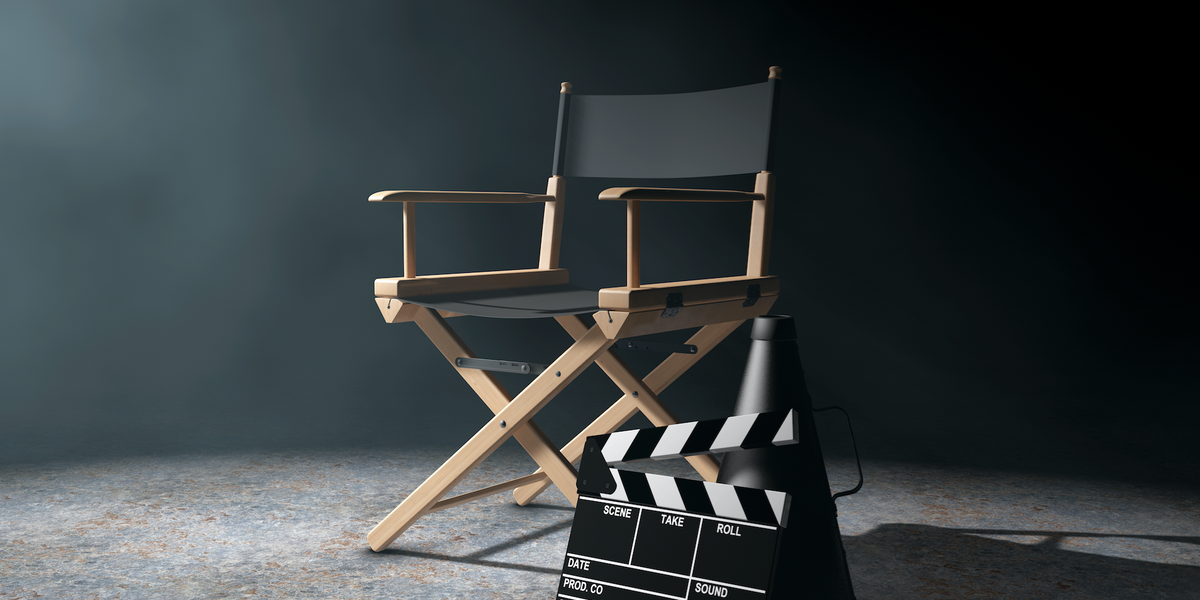
Short answer: A game director is the creative and managerial lead who ensures that every aspect of a game—design, art, story, sound, and technology—comes together into a unified vision.
Who is NOT a Game Director?
- A person who only designs mechanics (that’s a Game Designer) is not a Game Director.
- A person who only writes the story (that’s a Narrative Designer) is not a Game Director.
- A person who only manages schedules and budgets (that’s a Producer/Project Manager) is not a Game Director.
- A person who only creates art assets (that’s an Artist) is not a Game Director.
What does a Game Director do?
- Define vision: articulate the core creative and experiential goals of the project.
- Unify disciplines: ensure design, art, narrative, audio, and tech all support one vision.
- Decision-making: make final calls on creative disputes and direction changes.
- Mentorship: guide leads and juniors, maintaining morale and alignment.
- Consistency: ensure themes, mechanics, and presentation remain coherent.
- Representation: act as the face of the project to executives, publishers, and press.
Why it matters
Without a clear vision-holder, projects risk becoming fragmented, unfocused, or bloated. A strong game director keeps the team aligned, ensuring the final product feels cohesive, intentional, and polished.
Common misconceptions
- “Game directors just boss people around.” → They synthesize input and protect vision, not micromanage.
- “They do all the design/art/writing themselves.” → They guide and delegate; success depends on team trust.
- “Producers are the same as directors.” → Producers manage time, scope, budget; directors manage creative vision.
Core skills & tools
- Leadership, communication, and conflict resolution.
- Creative breadth: literacy in design, art, audio, narrative, and tech.
- Decision-making under pressure.
- Project tracking tools: Jira, Trello, Notion.
- Presentation & pitching skills.
Practical frameworks
- Vision pillars: 3–5 core statements (“fast, cinematic combat,” “player-driven narrative”).
- North star document: one-page summary of tone, feel, and goals.
- Creative alignment meetings: recurring syncs across departments.
Portfolio / career tips
Unlike design or art, directors often rise from senior roles (lead designer, lead artist, narrative lead). A portfolio may include:
- Projects shipped in leadership roles.
- Vision statements and pitch decks.
- Talks, interviews, or GDC slides.
Quick example
Think Neil Druckmann (The Last of Us series): unified gameplay, narrative, and art into one cohesive emotional experience.
Or Hideo Kojima (Metal Gear Solid, Death Stranding): directing both vision and player experience end-to-end.
Author: Pouria Mojdeh
References:
- Scott Rogers – Level Up! The Guide to Great Video Game Design (Wiley, 2010)
- Jesse Schell – The Art of Game Design: A Book of Lenses (CRC Press, 2019)
- Richard Hill-Whittall – The Indie Game Developer Handbook (Routledge, 2015)
- Jason Schreier – Blood, Sweat, and Pixels (HarperCollins, 2017)
- Game Developer (formerly Gamasutra) – www.gamedeveloper.com
